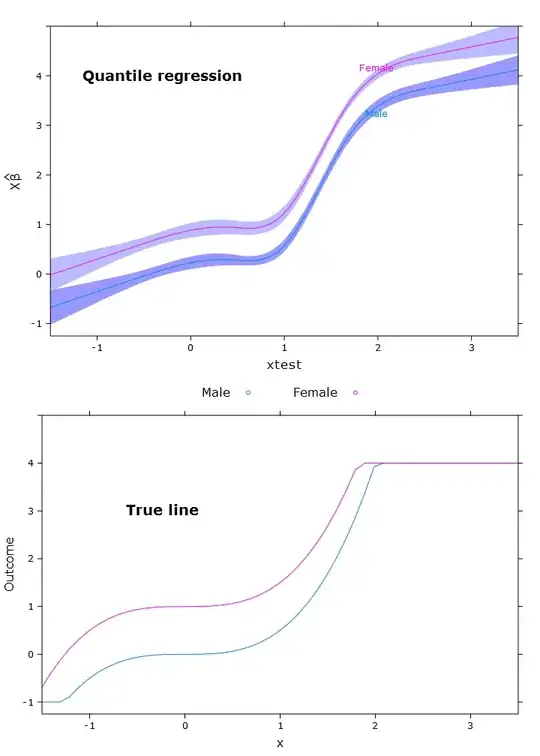I browsed through several papers and discussion but I am still not sure what is correct.
I conducted two studies on the same topic using similar methods and the same design (independent t-tests). Using R I ran a meta-analysis on both studies based on their Cohen's d. I decided to do a fixed-effect analysis, however the output using metagen of the meta package provides both-fixed and random-analyses. Here is my output
95%-CI %W(fixed) %W(random)
1 0.4111 [-0.0299; 0.8520] 31.3 31.3
2 0.2577 [-0.0398; 0.5553] 68.7 68.7
Number of studies combined: k = 2
95%-CI z p-value
Fixed effect model 0.3057 [0.0591; 0.5524] 2.43 0.0151
Random effects model 0.3057 [0.0591; 0.5524] 2.43 0.0151
Quantifying heterogeneity:
tau^2 = 0; H = 1.00; I^2 = 0.0%
Test of heterogeneity:
Q d.f. p-value
0.32 1 0.5721
Details on meta-analytical method:
- Inverse variance method
- DerSimonian-Laird estimator for tau^2
Why is it that the random and the fixed effect model show the same results? Is this typical or due to only using two studies?
Having an tau^2 = 0 and H = 1, does this mean that the effects are homogeneous or is it due to fixing them for fixed effect model?
And does having an insignficant heterogeneity test mean that the effects or homogeneous or is this test reporting something that does not go along with the tau^2 and H data?
I am happy for any hints on how to fully understand how heterogeneous the effects are. Thanks in advance
